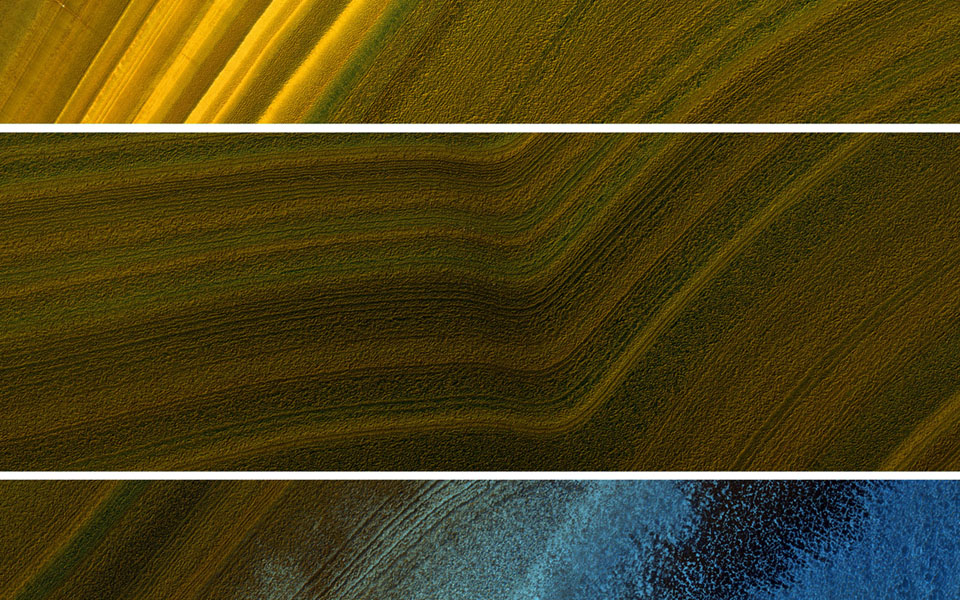Mars Paleoclimate
clues in the polar ice deposits
Climate variations on Mars are much more extreme than Earth’s, because of the Red Planet’s thin atmosphere and lack of a stabilizing Moon to damp out orbital perturbations by its massive next-door neighbor, Jupiter. We see evidence of these past climate cycles recorded in repetitive layers in Mars’ polar ice caps - the polar layered deposits (PLD). How would a future mission to the polar ice caps extract Mars’ paleoclimate record? I co-led a study sponsored by the Keck Institute for Space Studies (KISS), which gathered more than 30 scientists and engineers to develop innovative mission concepts to investigate this question.


It is likely that Mars’ long-term climate is forced by the polar insolation, dominated by -kyr variations in the planetary obliquity. However, models have struggled to reproduce observed patterns in the PLD. A physical mechanism for generating layers through ice and dust accumulation/ablation has remained elusive. Measurements of volatiles and isotopic variations within the PLD must be combined with observations and models of the present-day Martian climate, in order to confidently extrapolate to past climate regimes.
Further information: